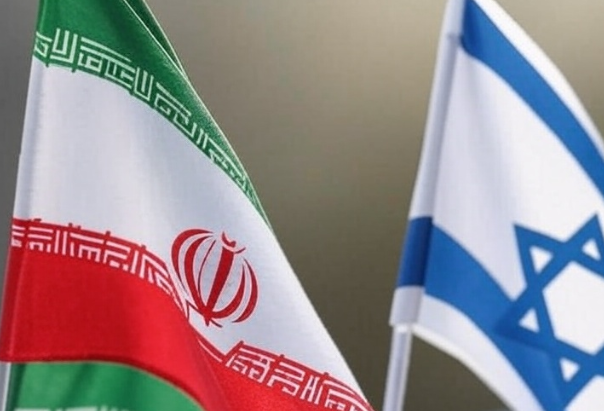
The ongoing conflict between Iran and Israel has reached a dangerous new phase, with the United States openly taking strong positions and issuing sharp warnings to Tehran. Throughout the past few days, U.S. President Donald Trump has repeatedly made it clear that, in his view, Iran cannot win this war. However, Iran has responded firmly, indicating that it has no intention of backing down at this stage.
In the early hours of June 17 (around 2:45 AM IST), President Trump posted a highly provocative message on his social media account. He stated, “We know very well where the so-called Supreme Leader is hiding. He can be easily targeted.” Referring directly to Iran’s Supreme Leader Ayatollah Ali Khamenei, Trump added, “For now, he is safe there. We will not strike him at this moment. But we also do not want missiles to be fired at civilians or American troops. Our patience is wearing thin.” This marked one of Trump’s most direct threats towards Iran's top leadership.
President Trump says on Social Truth:
We know exactly where the so-called “Supreme Leader” is hiding. He is an easy target, but is safe there - We are not going to take him out (kill!), at least not for now. But we don’t want missiles shot at civilians, or American soldiers. Our patience is wearing thin. Thank you for your attention to this matter!
Following these statements, Trump doubled down with an even more aggressive post, demanding “unconditional surrender” from Iran. He also claimed that the U.S. now has full control over Iranian airspace, downplaying Iran’s defensive capabilities, saying that while Iran possesses advanced weapons and sky trackers, they are no match for America’s superior military technology.
About five to six hours later, a sharp response came from Iran's Supreme Leader himself. Using his official X (formerly Twitter) handle, Ayatollah Khamenei declared, “The war has now begun. Ali returns to Khyber with his Zulfiqar.” This statement referenced historic Islamic symbolism, signaling that Iran is prepared for a prolonged battle. In a subsequent post, he added, “We must give a harsh response to the terrorist Zionist regime. We will show no mercy to the Zionists.” Clearly, Iran has rejected any notion of a ceasefire and remains committed to retaliatory action against Israel.
Ayatollah Khamenei says on x
We must give a strong response to the terrorist Zionist regime. We will show the Zionists no mercy.
Iranian officials have previously stated that they will not enter into any ceasefire discussions until their objectives are fully achieved and their losses are avenged. Meanwhile, new reports suggest that the U.S. might directly support Israel in striking Iran's nuclear facilities. Citing American officials, CBS News reported that President Trump may back Israeli efforts to dismantle Iran’s nuclear program, including targeting the highly sensitive Fordow nuclear facility — a key site in Iran's nuclear ambitions.
At the same time, the Group of Seven (G7) nations has publicly expressed its support for Israel. In a joint statement issued on June 17, the G7 leaders reaffirmed their commitment to peace in the Middle East, while clearly siding with Israel. The statement declared, “Israel has the full right to defend itself. Iran remains a primary source of regional instability and terrorism. Iran must never be allowed to possess nuclear weapons.”
To summarize how this conflict reignited: on the night between June 12 and 13, Israel launched a major offensive on Iran named Operation Rising Lion. In retaliation, Iran initiated Operation True Promise III, targeting two of Israel’s largest cities — Tel Aviv and Jerusalem. In response, Israel then struck Iran's capital, Tehran, escalating the conflict into a full-blown exchange of missile strikes.
The situation remains highly volatile. According to Reuters, explosions were reported in Tel Aviv last night, with Israel claiming that Iranian missiles targeted the city. In retaliation, Israeli forces reportedly destroyed 12 Iranian missile launch sites in Tehran.
As this high-stakes conflict continues to unfold, the world watches closely. With the involvement of global powers like the United States and the clear alignment of the G7 nations, the possibility of an even wider regional war looms large. We will continue to monitor and bring updates on this rapidly evolving situation.
Disclaimer:
The information provided in this article is based on publicly available news reports and official statements as of the time of writing. The situation in the Middle East is highly volatile and may change rapidly. This content is intended for informational and journalistic purposes only and does not reflect any political bias or endorsement of any party involved in the conflict. Readers are advised to follow official sources for the latest updates.




